
Sara Lavelle is open about the reality of being a working artist. She is, in many ways, a traditionalist tackling the long-established genre of portraiture in the contemporary art world. When her work came to my attention, I didn’t need any background information about her practice, I just wanted very much to interview a young artist who’s doing something a bit different.

Sara Lavelle painting during the 2019 Portrait Artist of the Year Award, for which she was a finalist
Sara, the first thing that strikes me about your art is how traditional it is in its form and presentation, which is unusual for this century. When did you decide to paint like this?
I was born in Norway but grew up in Cheltenham, where I got an academic scholarship and an art scholarship too, which I had to work really hard for. It was there I got the confirmation that if I worked hard enough, I could be an artist. They also wanted me to do academic subjects too and I can’t explain how much time I’ve devoted to theory and history of art, which is a huge passion of mine.
History of art and my practice are so intertwined. Even though my work right now is somewhat ‘traditional’ in its genre – I paint portraits using oil paints, which is still seen as old fashioned – it’s incredibly concept heavy and academically informed. Everything in it comes from concepts, I just don’t like to dictate that to the viewer. If they see it then great, if not, that’s fine. I like to give viewers the space to read my work through the lense of their subjective experience.
I have explored many different genres and art forms but ultimately my interests lie in painting people. When I was first at art school, in 2012, portraiture wasn’t cool. But now, with the conversations about identity becoming more popular, it’s become really prominent in the art world, which is amazing. I’ve really enjoyed being part of that journey. There are endless blockbuster exhibitions of figurative painters now. As well as that, emerging figurative artists are capturing the hearts of big-time collectors and galleries are gaining huge success. I would have loved to have been exposed to this same encouragement for figurtation whilst I was studying rather than feeling like I had to fight my corner.
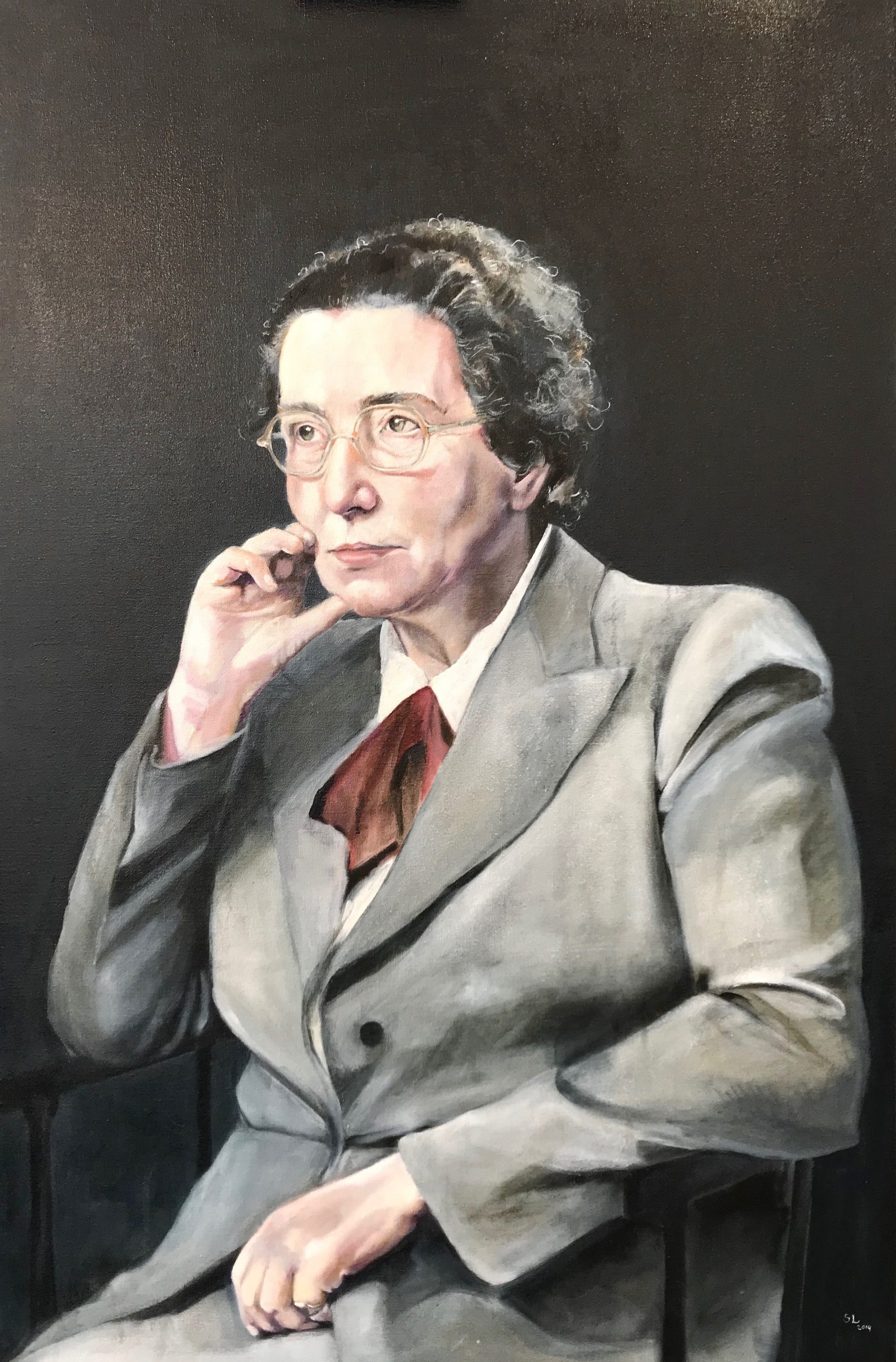
Dorothy Garrod
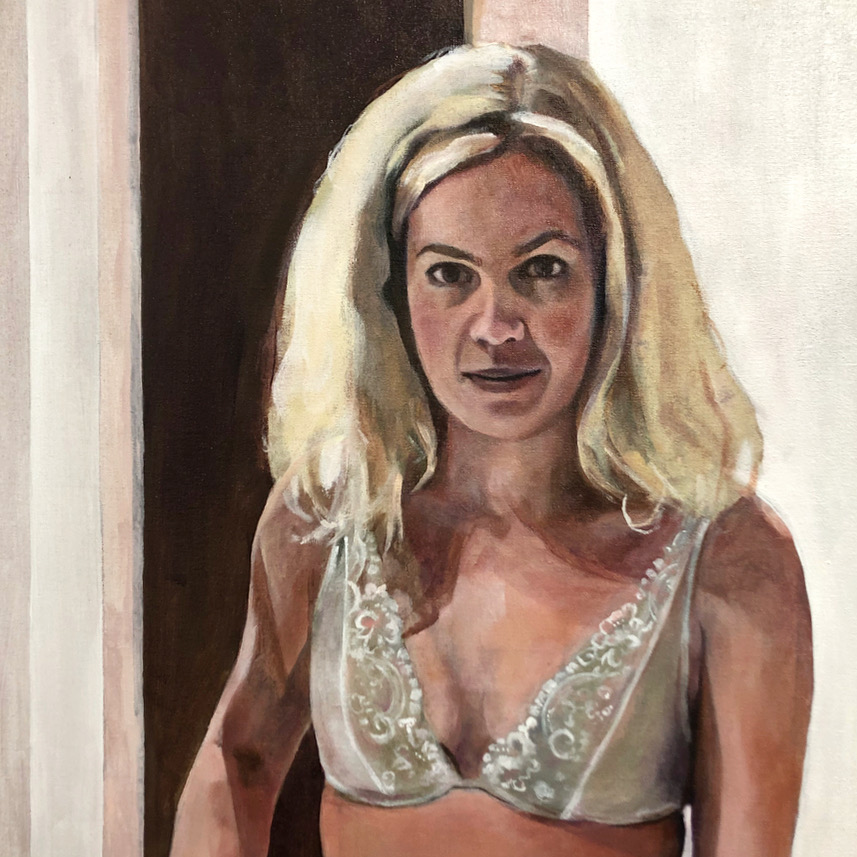
Lucy (section), 2020
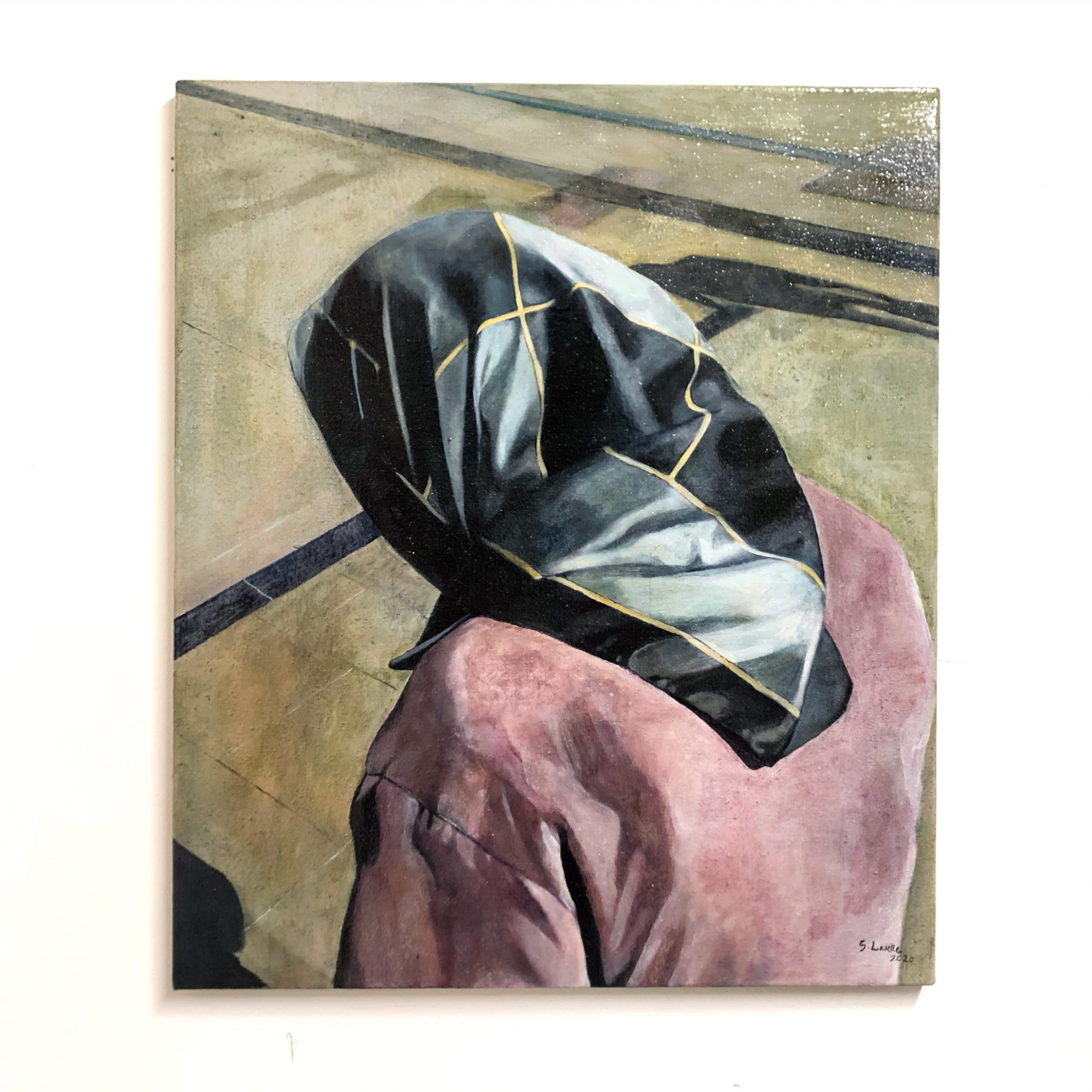
After Eamonn Doyle ref, 2019
You completed your undergraduate education at three institutions: the University Falmouth, University of Brighton, and Minneapolis College of Art and Design (MCAD). Do you have any plans to return to education or are you satisfied with your undergrad degree?
I kept dreaming about going to Cambridge to do a Masters in History of Art, but I’ve since moved away from the idea. The subject’s immensely important to me, but I feel that I don’t need to fit into the English educational system’s requirement to provide a certificate for my passion. As an artist, the accolade of a degree is getting less and less important. Mine was the last year we had to submit a written dissertation.
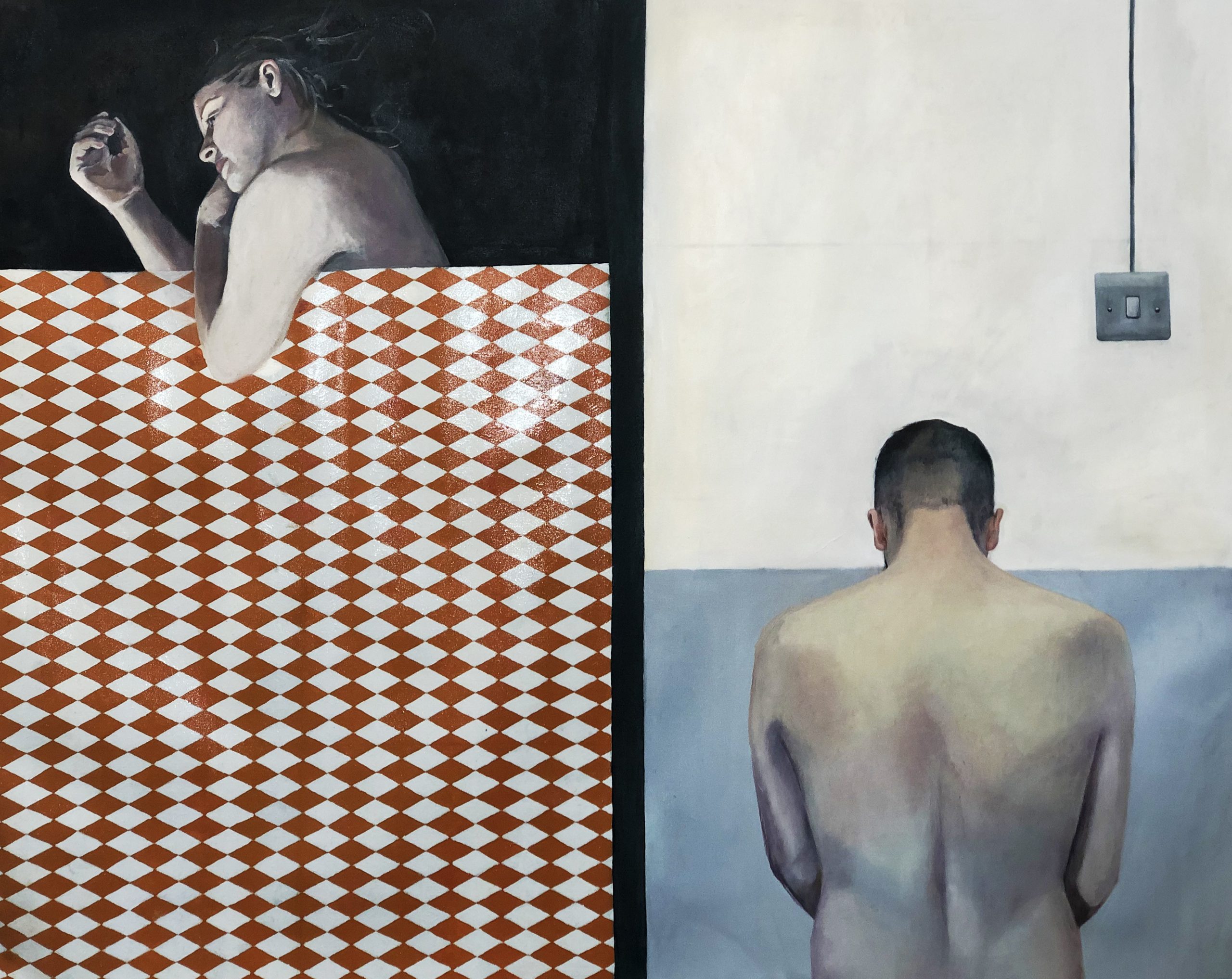
Interior, 2019
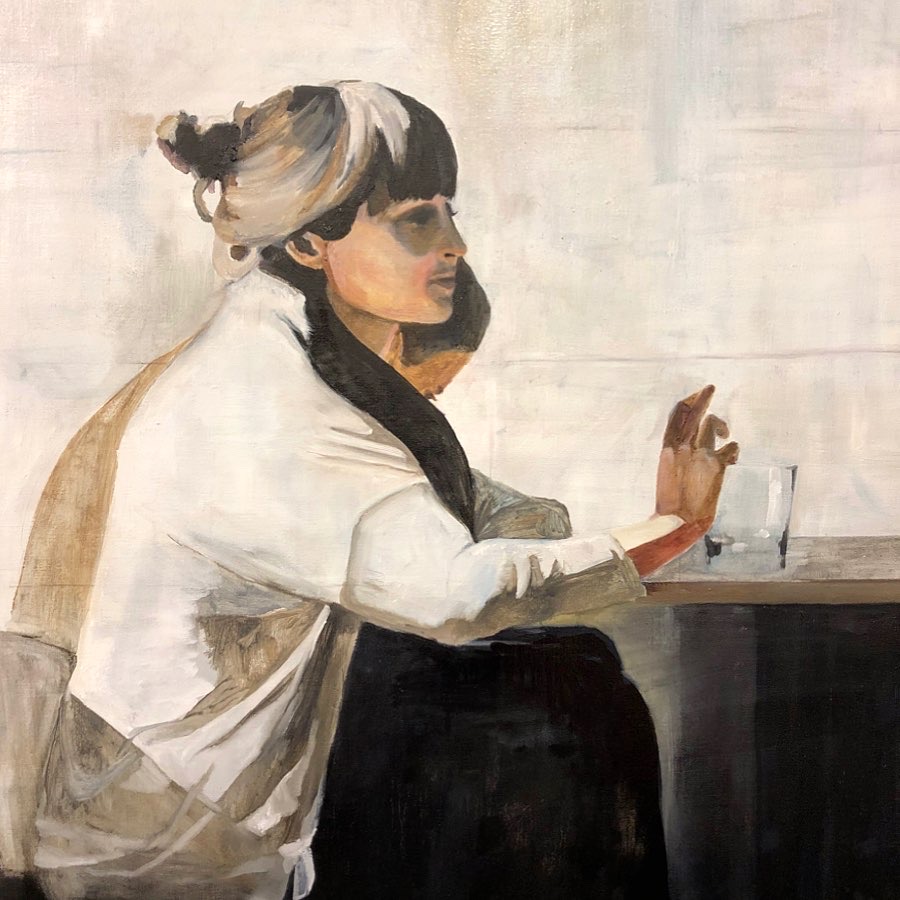
Pink Icon (section), 2019
It seems to me like lots of university courses are being cheapened to try to cast as wide a net as possible for potential entrants and, crucially, potential ‘buyers’ of that education. It seems higher education’s a mere formality for many people, rather than a useful education.
Arts education is struggling in the UK. It’s why I’ve put off doing a Masters. If I went, I’d want it to be to better my work, which sounds obvious but these courses are so oversubscribed and underfunded, I don’t know if I’d achieve this. I loved studying in Brighton but I was painting in my bedroom because of insufficient studio space available for the huge increase in student intake. I really struggled to see what I was paying so much money for.
But I had a brilliant opportunity along the way: I got to go to a private American arts college, MCAD (Minneapolis College of Art and Design), and pay English fees for one semester. This is where I formed my professional painting practice. The level of education they have there is just next level. I had my own studio space that I could access 24/7 and I was able to enrol in five fully taught courses. Everyone around me was calling themselves artists whilst they were still students – English people are much too self-deprecating to do that! I felt like I was taken seriously there and it was an environment where I felt safe to jump into topics that mattered to me. This was a huge contrast to my experience back in the UK. I think it was also because I did an illustration degree back home which favoured work that was fun and playful, like ‘turn this little thing into a Gif!’. It all had to be very jokey and ironic, which I struggled with as my work isn’t very funny.
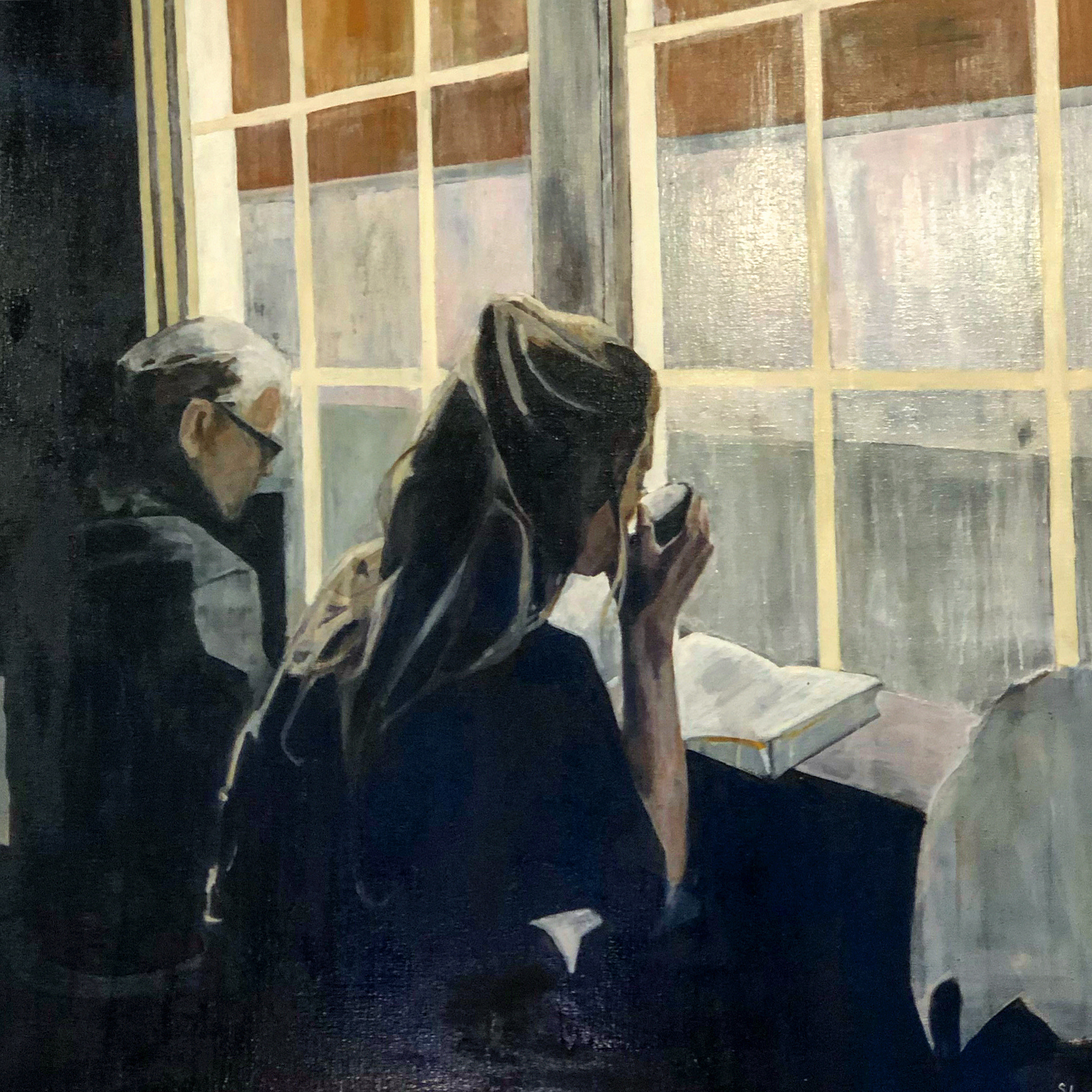
Window, 2019
What was challenging about all of this? Your paintings’ subjects are posed so pensively that there’s a reflection of something severe, which is a skill few artists who haven’t experienced hardship can portray accurately.
Kate Bryan, head of Soho House Collections, champions young, emerging artists. She’s one of those wonder women who does everything and has just published a book called Bright Stars about artists that died young. There’s a section in it about Van Gogh that made me cry, which is odd because I’m not that attached to him! Partly because of this dramatised explanation of his mental health problems: ‘He painted because he was mentally ill’. That doesn’t resonate with me, or with Kate. She argues that he made work in spite of being mentally unwell. His art was his crutch and his joy, it helped him make sense of the world.
I’ve suffered from anxiety and depression since I was a kid. Then when I was a teen it turned into quite a hefty eating disorder that went on until I was about 21. I only dealt with it because my bones were breaking. Art is a hugely therapeutic tool for me. I paint myself and to better understand myself. I paint others to better understand human nature. I am motivated to do this because I find human psychology hard to grasp having had such difficulty with it myself for so many years. Although I explore mental health in my work in a personal way, it is not my defining trait and I don’t want my work to be read solely under this guise. I am selective about when I mention my personal struggles to avoid this. Art is a wonderful tool. Art is a gateway into understanding why the world is wonderful in the literal sense of the word. A painting by Botticelli is a springboard into learning all about that period of history, that country, the subjects, the mythology, the materials, the pigments.
A new solo exhibition of Sara’s work runs from 15th – 28th July at Lavelle Coffee, Rathbone Place, London.


